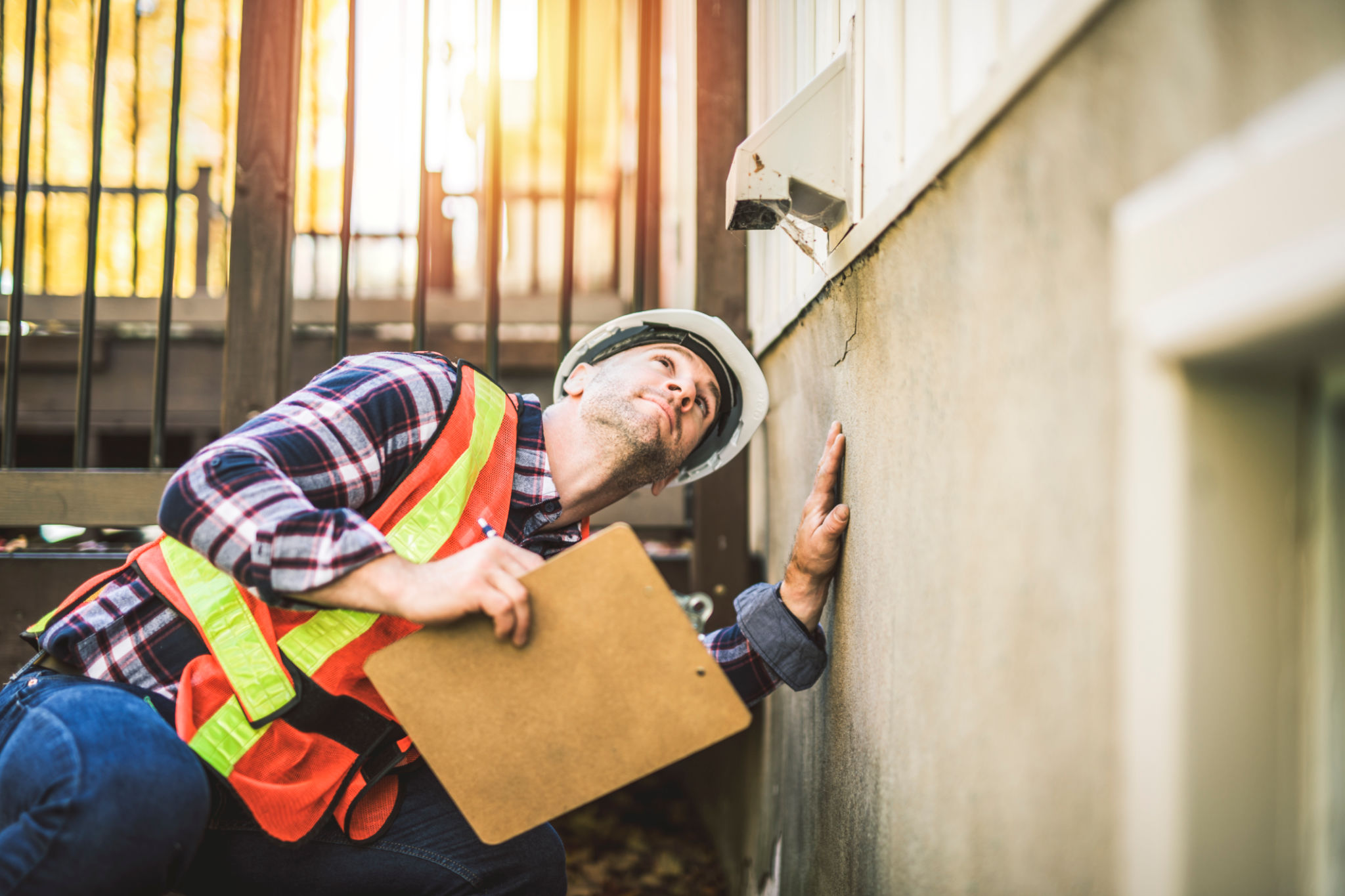What to Expect During a Professional Roof Inspection: A Homeowner's Guide
Introduction to Roof Inspections
As a homeowner, maintaining the integrity of your roof is essential for protecting your home and everything inside it. One of the best ways to ensure your roof remains in top condition is through regular professional inspections. Understanding what to expect during a professional roof inspection can help you feel more confident and prepared.

Initial Assessment and Safety Measures
The first step in a professional roof inspection involves an initial assessment. A qualified inspector will usually start by examining the roof from the ground, taking note of any visible issues. Safety is a priority, so inspectors will also ensure that all safety protocols are in place before climbing onto the roof.
Inspectors often wear harnesses and utilize ladders or drones for a comprehensive view, ensuring a thorough and secure inspection process. This initial assessment helps them identify areas that require closer examination.
Exterior Roof Inspection
Once safety measures are in place, the inspector will begin the exterior inspection. This involves checking the condition of shingles, flashing, gutters, and other visible components. They will look for signs of damage such as missing or cracked shingles, rust on flashing, and clogged gutters.
- Shingles: Inspecting for wear, curling, or missing pieces.
- Flashing: Checking for rust or damage around chimneys and vents.
- Gutters: Ensuring they are clear and not causing water backup.

Interior Roof Inspection
After completing the exterior assessment, the inspector will move inside to check the attic and other areas beneath the roof. This part of the inspection is crucial for identifying leaks, insulation issues, and signs of mold or rot.
During the interior inspection, they will look for:
- Water stains on ceilings or walls.
- Proper ventilation and insulation levels.
- Signs of pests or structural damage.

Detailed Report and Recommendations
After both the exterior and interior inspections are complete, the inspector will compile a detailed report. This report will outline any issues found during the inspection and provide recommendations for repairs or maintenance. It’s a valuable tool for homeowners to plan and budget for necessary roof work.
Timely action on these recommendations can prevent minor issues from developing into major problems, saving you money and stress in the long run.
Benefits of Regular Roof Inspections
Scheduling regular roof inspections offers numerous benefits. It extends the lifespan of your roof, enhances energy efficiency, and maintains the overall value of your home. Moreover, it provides peace of mind knowing that your home is well-protected from the elements.
Homeowners are advised to schedule inspections at least once a year or after severe weather events to ensure ongoing roof health.

Conclusion
Understanding what to expect during a professional roof inspection helps you stay informed and proactive about your home’s maintenance. With regular inspections, you can ensure that your roof remains in optimal condition, safeguarding your home and providing long-term peace of mind.
